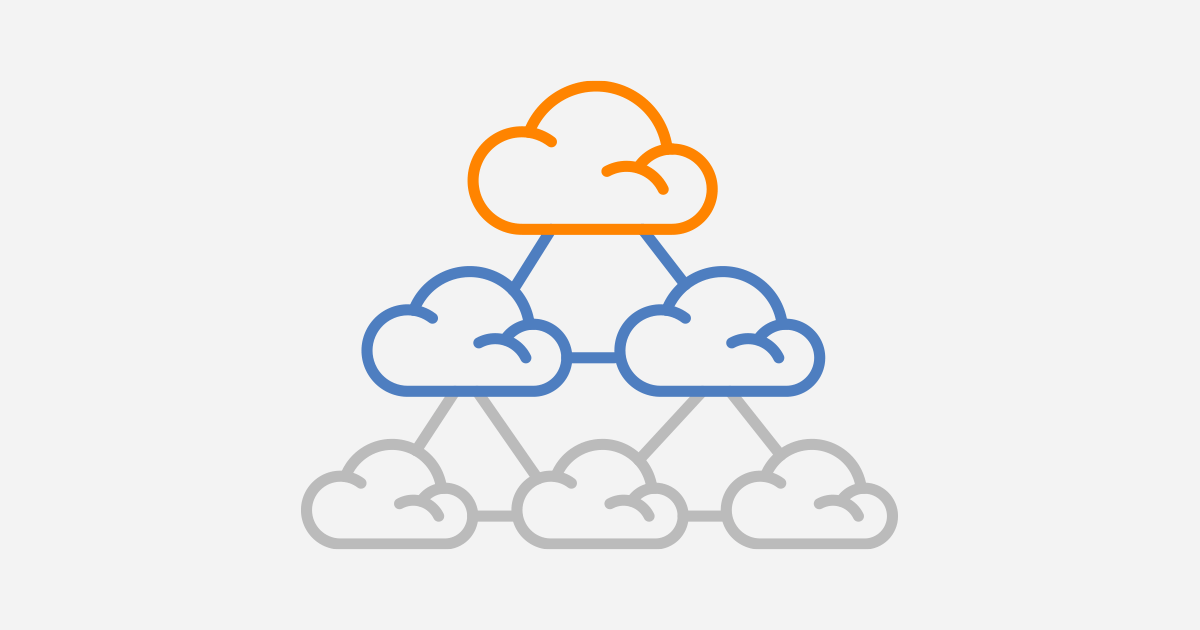In the field of connectivity and networking, knowing the complexities of IP transit pricing is essential for those who want to maximize their operations while also managing costs efficiently. In the midst of this pricing structure lies a combination of services and ports, each of which plays a significant role in determining the overall amount of money spent. Join us on a tour of decoding the economics and the strategies behind IP price for transit.
Port and Service Dynamics
Pricing for IP transit is determined by the utilization of ports and services. Each service is linked to a port that allows for a variety of configurations on the network which are customized to meet your specific requirements. It is important to understand that each port can support various services. The cost of services varies based on what products are chosen.

Understanding Committed Data Rate (CDR)
Central to IP transit pricing is the notion of Committed Data Rate (CDR), which represents the minimum commitment to data rate needed for a port. The CDR must be at least 10% of the port size, ensuring a baseline level of connectivity. In the case of an enterprise chooses to use an 10G port, the minimum commitment will be 1G. CDRs are the base for pricing. The greater the commitment the lower the per-unit prices.
Bursting Over CDR
IP transit ports enable bursting above CDR. This allows companies to cope with sudden surges in traffic. Burst traffic costs the same Mbps per hour as the CDR, offering flexibility without incurring additional costs. This feature is particularly beneficial for organizations experiencing fluctuating usage patterns or seasonal fluctuations in the network’s activity.
Factors Influencing Pricing
Numerous factors influence IP transportation pricing, which includes the amount of commitment data rate, the selected speed of the port, and volume of traffic. Higher CDRs or port speeds usually result in lower fees per unit, which entices companies to upgrade their connectivity and realize savings in costs. The market’s competitiveness and the power of negotiation by the customer could have an impact on pricing agreements.
Cost Optimization and Maximizing Value
Navigating IP transit costs requires a strategic approach aimed at optimizing budgets while maximizing value. Businesses must conduct thorough evaluations of their requirements for networks taking into consideration factors like expected traffic volumes as well as scalability requirements and goals for performance. By matching these requirements to the most appropriate pricing plans and solutions, companies can reap the maximum return on their investment.
Cost management Strategies to Control Costs
Cost management strategies are an excellent method to reduce the impact IP transportation costs can impact budgets. It is important to review price agreements frequently to spot opportunities for optimizing and negotiations. Insights from network monitoring and analysis tools are able to make proactive decisions which allow businesses to adjust their configurations as they respond to evolving requirements.
The Importance of Future-Proofing
In a technological environment which is constantly changing and evolving, ensuring that your network infrastructure is future-proofed you utilize is essential to the long-term success of your business. When considering IP cost options for transit companies should take into account not only their current requirements but also the future potential for growth and expansion. Selecting scalable solutions that provide flexibility and expansion can reduce the need for costly upgrade later on.
Compare pricing models and service providers.
The IP transit market is filled with a diversified array of providers, each offering their own pricing structures and service offerings. It is important to compare providers in depth to help companies choose the ideal fit for their needs and take into consideration aspects like reliability, performance and customer service, along with price. Consider the value of each provider’s entire proposition rather than only the bottom line.
The article’s conclusion is:
To understand the economics of IP pricing for transit It is vital to understand all of the dynamics that underlie it, factors and strategies. Companies can increase the value of their investment by taking advantage of knowledge of port and service dynamics, and optimizing budgets. Through carefully planned planning and strategic decision-making companies can create resilient, high-performance networks that ensure their success and growth in an increasingly connected world.